Estimated reading time: 3 minutes
Have you ever gone to pick your beautiful apple crop and found they’ve turned brown on the inside?
We think apples are one of the best backyard trees, but internal browning is one of the problems they can have, and it’s pretty gross.
When it’s as advanced as in the photo above, it makes the apples completely inedible.
Related Articles
How much fruit will your tree produce?
Working out how much fruit a mature fruit tree can grow will help you plan how many trees you need in your garden to meet your family’s needs.
How to prune your apple tree
Pruning apple trees takes a little more specialist knowledge than other fruit types, but your trees will reward you with ample crops.
How to grow your own multigraft or fruit salad tree
Multigraft trees are a no-brainer for many gardens, as they reduce risk and provide a bigger variety of fruit, without taking up more space.
It’s not that uncommon to see internal browning in apples that are picked too ripe or that have been stored for too long.
In fact, it’s a known potential problem when storing apples in long-term cold storage.
It’s more unusual (and a bit yucky) to see it in apples that haven’t yet ripened.
Why do apples that are still on the tree go brown inside?
When a heatwave happens at the wrong time, you might find internal browning inside an apple that’s still on the tree.
Gravenstein apples start to ripen in mid-summer in our district. Usually, the picking starts when the first fruit starts to ripen on the tree.
They’re just starting to colour up, and the seeds are starting to go brown (an indicator of apple ripeness).
At this stage, most of the fruit on the tree isn’t quite ripe yet.
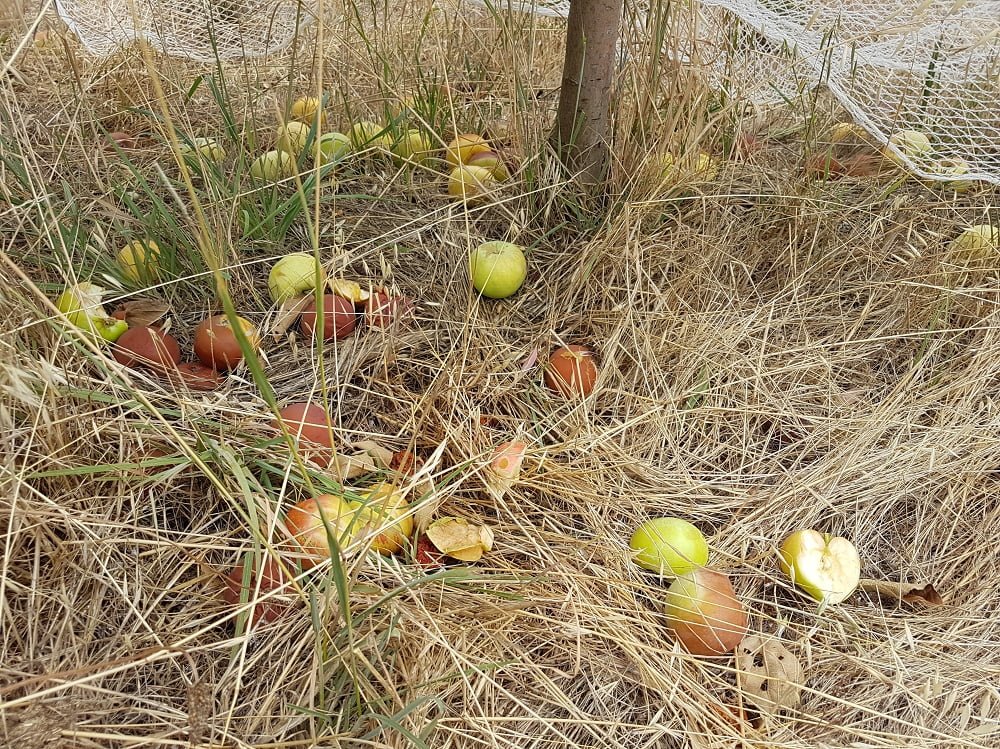
So it’s massively disappointing if you go to pick some delicious new-season apples at this stage, and instead find quite a lot of apples on the ground and many of them browned off inside.
Any time this has happened to us, the most likely culprit has been a heat wave — something we seem to be getting more of here in central Victoria.
A lot of fruit can handle extreme temperatures reasonably well, though they may need some extra care and attention.
However, Gravensteins (and other heritage apples) are not among them. This is possibly due to their European heritage and tendency to be a soft apple.
This is what they should look like in a good year…
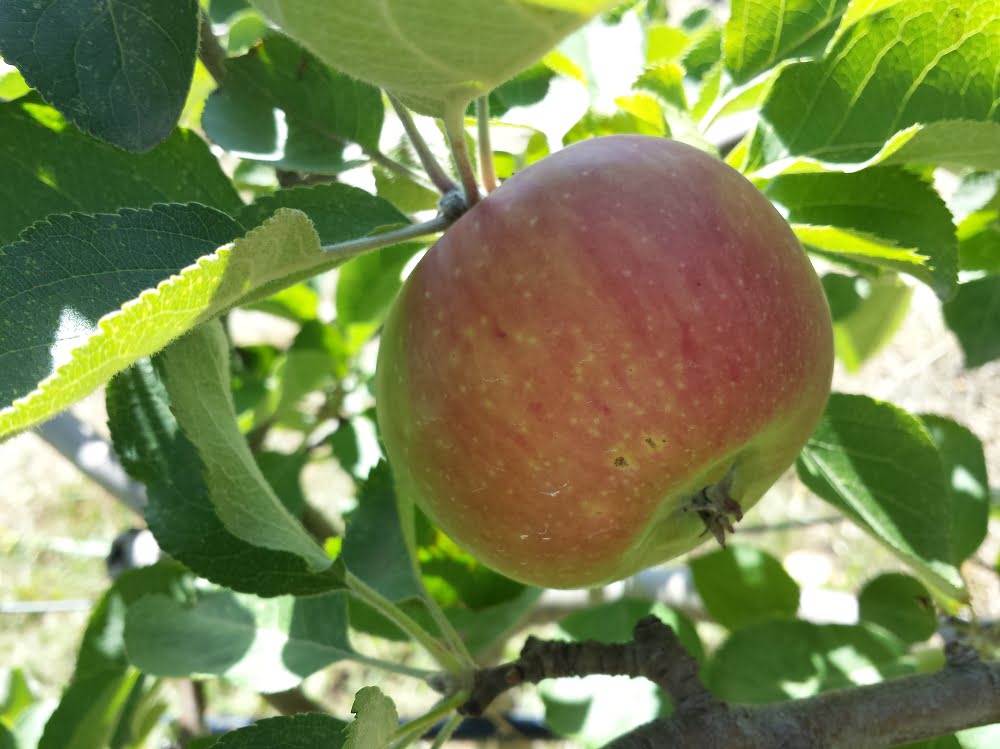
Matching the variety to the climate
This variety has gone brown on the inside several times in past seasons. At times it’s even had us questioning the wisdom of trying to grow apples that were bred hundreds of years ago in Europe in our very different climate here in Australia.
If our summers increase in heat intensity as a result of climate change, this may become an ongoing problem. Eventually, it might even make the variety unviable in this growing area.
However, if there’s one thing we’ve learned over recent years it’s that the climate is variable. In many seasons the Gravenstein shines, possibly in conditions that don’t suit other varieties.
That’s the key to the biodiversity plan that has led us to grow a big collection of varieties. It’s also one of the features of our Appreciate Apples short course.
For the moment at least, the beautiful Gravenstein will continue to hold its place in the crazy biodiverse mix in our orchards.
Related Articles
How much fruit will your tree produce?
Working out how much fruit a mature fruit tree can grow will help you plan how many trees you need in your garden to meet your family’s needs.
How to prune your apple tree
Pruning apple trees takes a little more specialist knowledge than other fruit types, but your trees will reward you with ample crops.
How to grow your own multigraft or fruit salad tree
Multigraft trees are a no-brainer for many gardens, as they reduce risk and provide a bigger variety of fruit, without taking up more space.
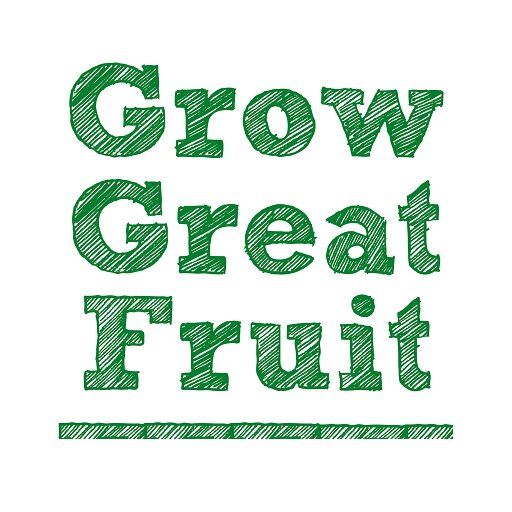
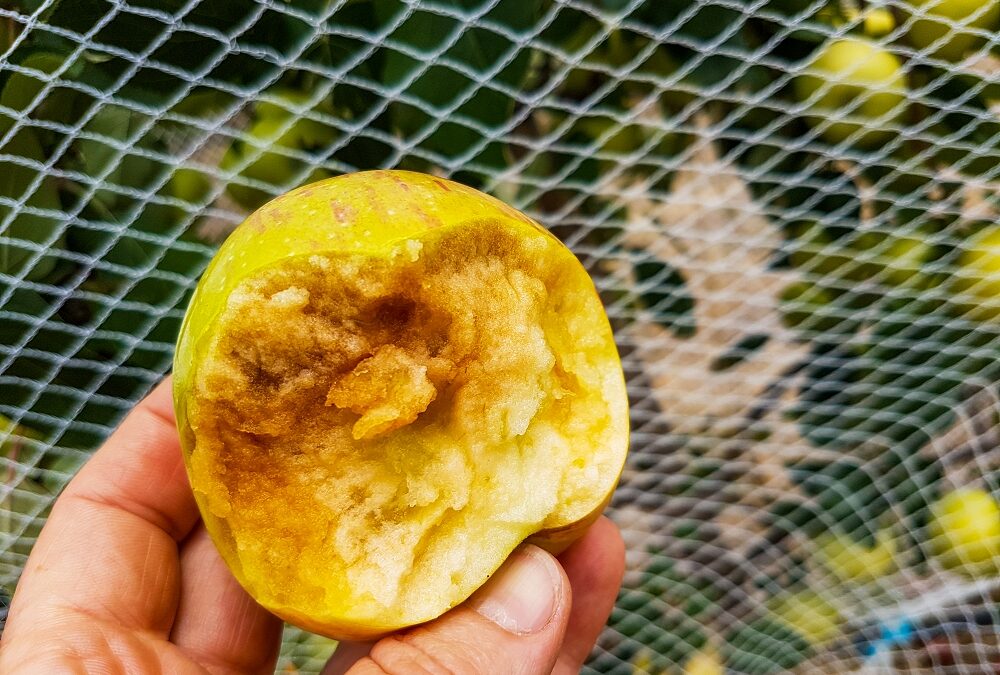
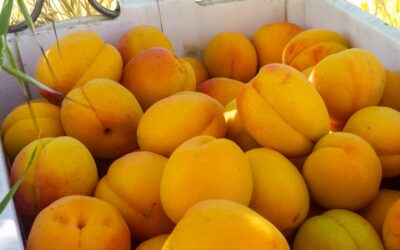
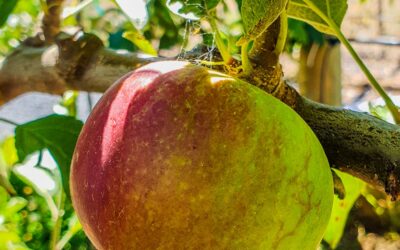
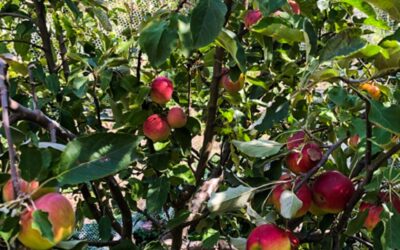
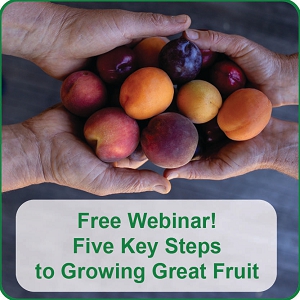
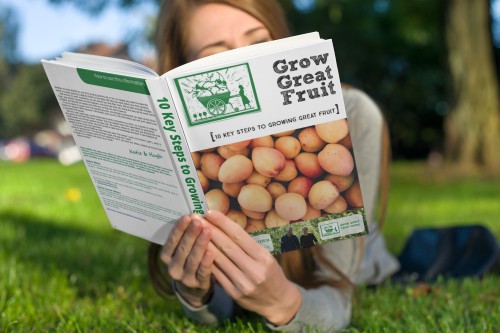
I have stopped buying apples because they look good when buying but when cut are already brown inside . I have been paying $6-99 kg. for these apples at the local spar supermarket but will not buy any more. This must be damaging the apple industry as friends have told me the same story. I am 85 years old and have eaten apples all my life.
A sad but oh-so-common story Noel. Have you tried growing your own? That’s why a lot of our Grow Great Fruit members want to grow their own fruit, because it’s hard to buy good fruit from supermarkets. The other suggestion would be to try buying them from a Farmers Market if you have one nearby, because then you’re buying direct from the farmer and they;re usually much better quality.
I just bought some from the local supermarket the other day & found the same thing! I won’t be buying anymore! 9/29/21